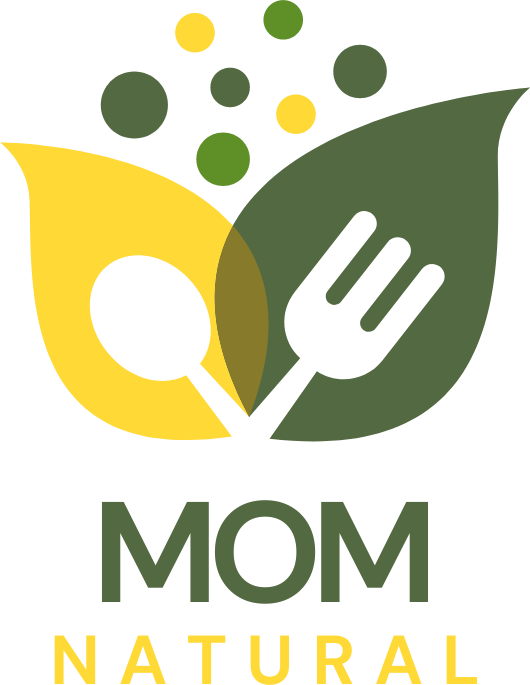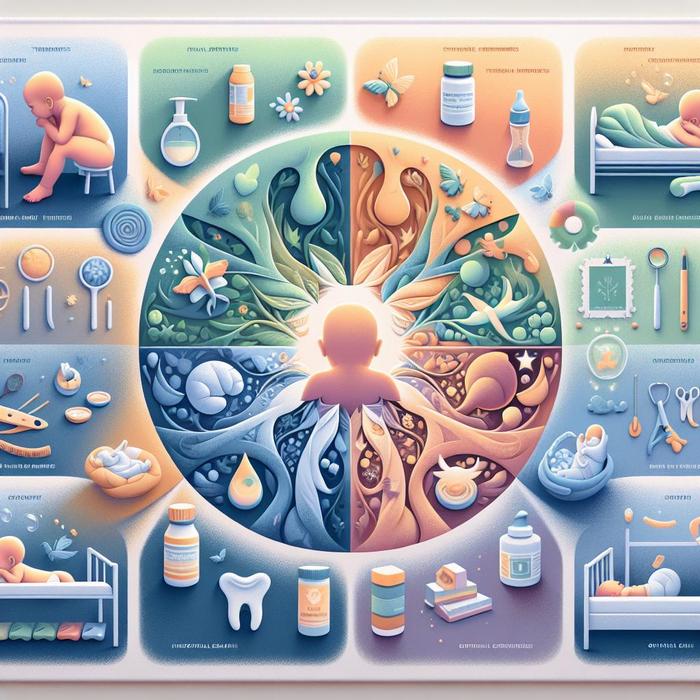Identifying Baby Thrush Symptoms
As first-time parents, it can be intimidating to navigate various health concerns that affect your infants, especially conditions like baby thrush. We’d like to share our experiences to enlighten you on identifying baby thrush symptoms and how to manage them effectively.
What is Baby Thrush?
Baby thrush is an oral yeast infection commonly found in infants. It manifests as white, cottage-cheese-like patches inside the baby’s mouth or around the lips. Despite looking quite alarming, it’s a common condition that often resolves with proper treatment.
Our journey into understanding and managing baby thrush started when we noticed white patches inside our baby’s mouth. Initial attempts to clean them off were unsuccessful, which led us to consult medical websites like NHS and KidsHealth.
Recognizing the Symptoms
Before exploring the treatment tips, we want to help you identify if your baby might have thrush. Here are some symptoms we noticed:
- White patches that resembled milk residue in the baby’s mouth, tongue, and inside of cheeks.
- Difficulty in feeding, indicated by persistent fussiness during mealtimes.
- In some cases, a diaper rash may accompany the oral symptoms.
If your baby exhibits these symptoms, it’s vital to seek professional medical advice for proper diagnosis. Don’t attempt to scrape off the white patches, as this might lead to bleeding and cause discomfort to your baby.
Treatment Tips for Baby Thrush
After consulting our pediatrician and doing extensive research on websites like Nationwide Children’s Hospital and Seattle Children’s Hospital, we understood that prompt treatment was crucial to prevent the infection from spreading further.
To give you a head start in combating baby thrush, we offer some helpful tips that worked for us:
- Visit your pediatrician to get a proper diagnosis and prescription antifungal medication.
- Minimize use of pacifiers and bottles to prevent the infection from spreading.
- Keep all feeding utensils, pacifiers, and toys clean and sterilized.
- Address any instance of nipple thrush in breastfeeding mothers to prevent recurring infections in babies.
Preventing Thrush and Maintaining Oral Health for Babies
Preventing thrush is integral to maintaining optimal oral health for babies. Implementing the following precautions helped us stave off recurrent infections:
- Keep baby’s mouth clean by wiping gently with a clean, damp cloth or gauze after feedings.
- Ensure all feeding equipment, toys, and pacifiers are frequently sterilized.
- Incorporate biomimetic feeding techniques to mimic natural feeding behaviors and promote good oral health.
Each baby’s experience with thrush may differ, but we hope sharing ours provides some guidance and reassurance. Your pediatrician is always the best source of advice for treatment tips and maintaining oral health for babies.
On a Closing Note
Beyond these measures, we also discovered that making our home safer for our baby played an essential role in overall health. For instance, we found that babyproofing the bathroom reduced the likelihood of accidents and gave us peace of mind. Do look forward to more such insights as we delve deeper into our parenting journey.
Understanding the Causes of Baby Thrush
The fungus Candida albicans causes baby thrush, and it exists naturally in our bodies without resulting in an infection. However, if the balance of bacteria and yeast falls out of order, the fungus grows out of control, leading to thrush. Several factors can trigger this imbalance, and knowing them helps in taking preemptive measures. They include:
- Babies taking antibiotics for some other illness can develop thrush as the antibiotics kill off the beneficial bacteria that control the Candida fungus.
- Mother’s intake of antibiotics during breast feeding can also lead to thrush, as they disrupt the natural bacterial environment in mothers’ nipples and the baby’s mouth.
- Babies may contract thrush if it is present in the mother’s vagina during delivery.
- Thrush can spread from one area of the body to another, for example, from a diaper rash to the mouth.
When to Seek a Doctor’s Help
As we explained earlier, the classic white patches inside the baby’s mouth or around the lips are the quick identifier. However, there can be more signs of baby thrush which might not be apparent at first. According to health experts at Lancaster General Health, if the baby is showing signs of discomfort in their mouth or refusing to breastfeed, it could indicate thrush.
On the other hand, pediatricians at Cincinnati Children’s have pointed out that if the thrush doesn’t clear up after 1 week of treatment, or if the baby is not feeding properly, you must consult a doctor immediately. They can help modify the treatment or look for underlying conditions.
Why Good Oral Hygiene is Essential
The importance of oral hygiene in preventing recurring thrush cannot be overstated. Regularly cleaning your baby’s mouth can help prevent an environment conducive to the rapid growth of the fungus causing thrush. The good news is that most babies do not need special oral hygiene measures. The human mouth is usually self-cleaning until solid food is introduced.
However, based on input from Mount Sinai, you should gently wipe down your baby’s gums with a clean, damp cloth or gauze at least twice a day, especially after feedings and before sleep. This can reduce the chances of food particles being trapped and promoting fungal growth.
Also, make it a habit to sterilize all objects you put in your baby’s mouth, such as pacifiers and toys, as suggested by Healthline. This precaution avoids unnecessary exposure to harmful bacteria and yeasts that can lead to infections such as thrush.
Your Partner in Your Parenting Journey
We are all in a constant state of learning, especially as new parents. And it is in sharing our learning that we grow together in this journey. We hope that our story and advice on identifying and treating baby thrush can be of help to you. This is just one of the many topics we look forward to sharing with you as we continue exploring various aspects of child health and safety.
From oral health to biomimetic feeding techniques, to babyproofing our homes – we are committed to providing practical insights and useful tips to help you navigate your parenting journey.
Our Continued Journey
Remember, every baby is unique, and the experiences and challenges you will face may be different from what we or anyone else has encountered. But you can always rely on us to provide relevant, accurate, and valuable information based on our experiences. Keep checking back for more insights!

